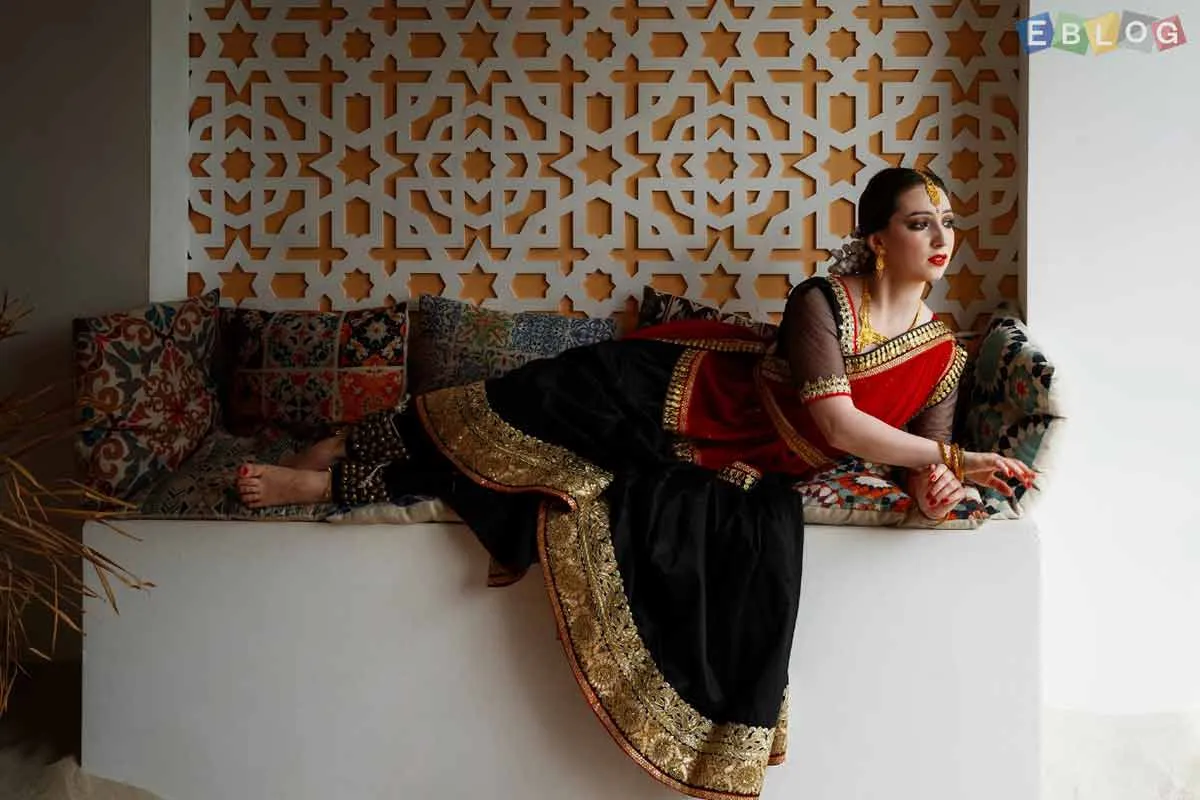
How Traditional Dress Is Inspiring Modern Fashion
- 25 Jun, 2025
- Fashion
- 359 Views
- 0 Comments
Fashion is often seen as ever-changing, always chasing the new. But look closer, and you’ll notice something timeless at play. Across runways, street style, and designer collections, traditional dress from cultures around the world is making a powerful comeback—not as costume, but as a rich source of inspiration for modern fashion.
1. A Return to Cultural Roots
In a globalized world, many designers and wearers are looking inward, toward heritage, craftsmanship, and identity. Traditional dress offers a well of meaning, storytelling, and symbolism. From the intricate embroidery of Eastern Europe to the vibrant patterns of African kente cloth, these styles are not only beautiful—they carry generations of history.
As younger generations reconnect with their cultural roots, there's a growing movement to celebrate, reinterpret, and modernize traditional garments in respectful and innovative ways.
2. Global Examples of Tradition Meets Modern
a. India’s Influence: Sarees and Silhouettes
Designers like Sabyasachi and Manish Malhotra have brought Indian textiles and draping techniques to global audiences. Even Western brands are borrowing elements—pleated skirts, gold-thread embroidery, or richly dyed silks—inspired by the timeless elegance of sarees and lehengas.
b. Japan’s Minimalism and Kimono
The kimono’s influence is evident in wrap dresses, obi belts, and wide sleeves seen on catwalks from New York to Milan. Brands like Yohji Yamamoto and Issey Miyake use traditional Japanese tailoring and textile philosophy to redefine modern fashion with clean lines and layered elegance.
c. Africa’s Prints and Power
African wax prints, known for their bold color and geometric motifs, have become a global fashion phenomenon. Designers like Stella Jean and Kenneth Ize blend these fabrics with modern cuts, celebrating African heritage while pushing boundaries.
d. Indigenous Patterns and Techniques
From the weaving traditions of Latin America to Native American beadwork, indigenous art forms are increasingly influencing ethical fashion brands. The focus is not just on the look, but also on supporting artisan communities and preserving endangered crafts.
3. Why the Revival Now?
Identity & Storytelling: In a world of fast fashion and mass production, traditional dress provides a personal connection. People want to wear something meaningful—something that tells a story.
a. Sustainability: Traditional clothing is often handcrafted, made with natural materials, and designed to last—principles that align with today’s push for sustainable fashion.
b. Cultural Pride: Especially among diaspora communities, fashion becomes a way to embrace and showcase heritage with pride and creativity.
c. Design Innovation: Traditional techniques such as weaving, hand-dyeing, and embroidery offer endless inspiration for new silhouettes and textures.
4. Walking the Line Between Inspiration and Appropriation
While traditional dress is inspiring fashion like never before, it raises important questions about cultural appropriation. There’s a fine line between honoring a culture and exploiting it for aesthetic value.
Authentic collaboration, proper credit, and respect for the original context are essential. Brands and designers must ask: Am I telling a story with this piece, or just borrowing a look?
5. Looking Ahead: Tradition as the Future
The future of fashion might just lie in the past. As modern designers continue to turn to traditional dress, they are not regressing—they’re enriching the present. In a world craving authenticity, culture, and connection, traditional dress isn’t a relic—it’s a resource.
By weaving the past into the fabric of today, fashion becomes more than style—it becomes storytelling, activism, and cultural celebration.




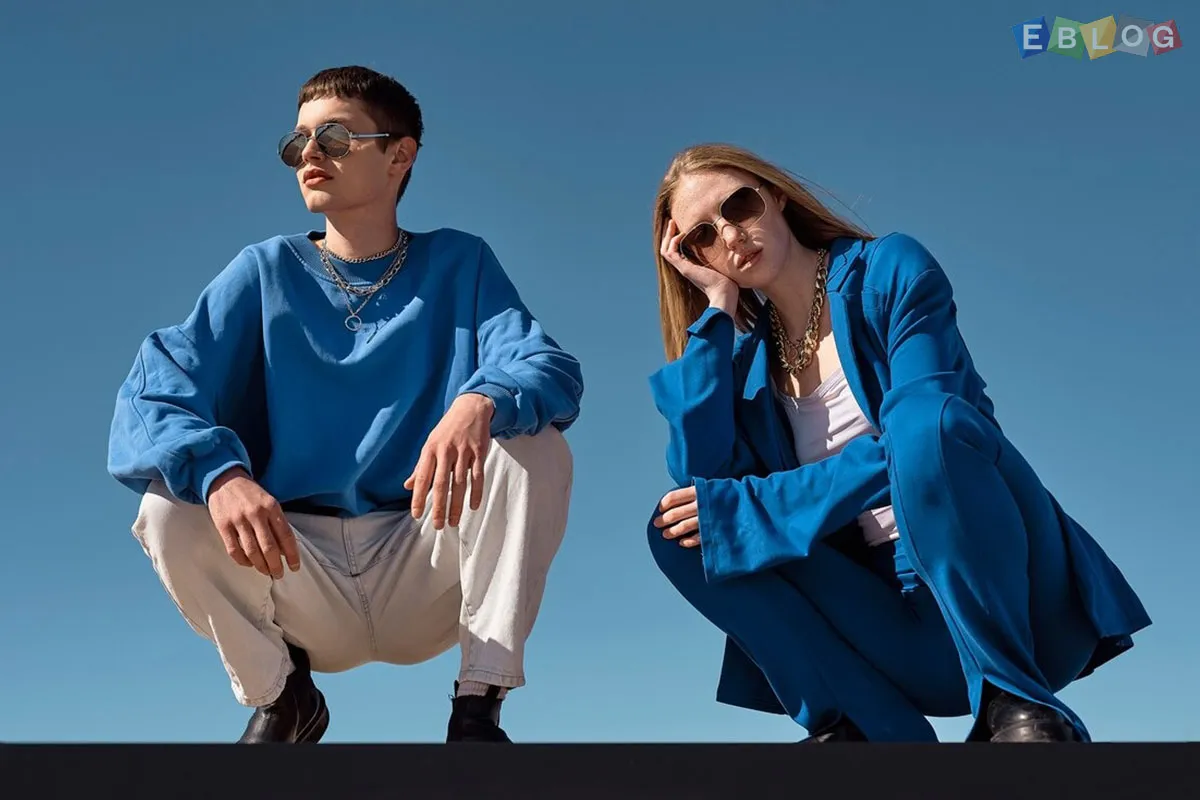

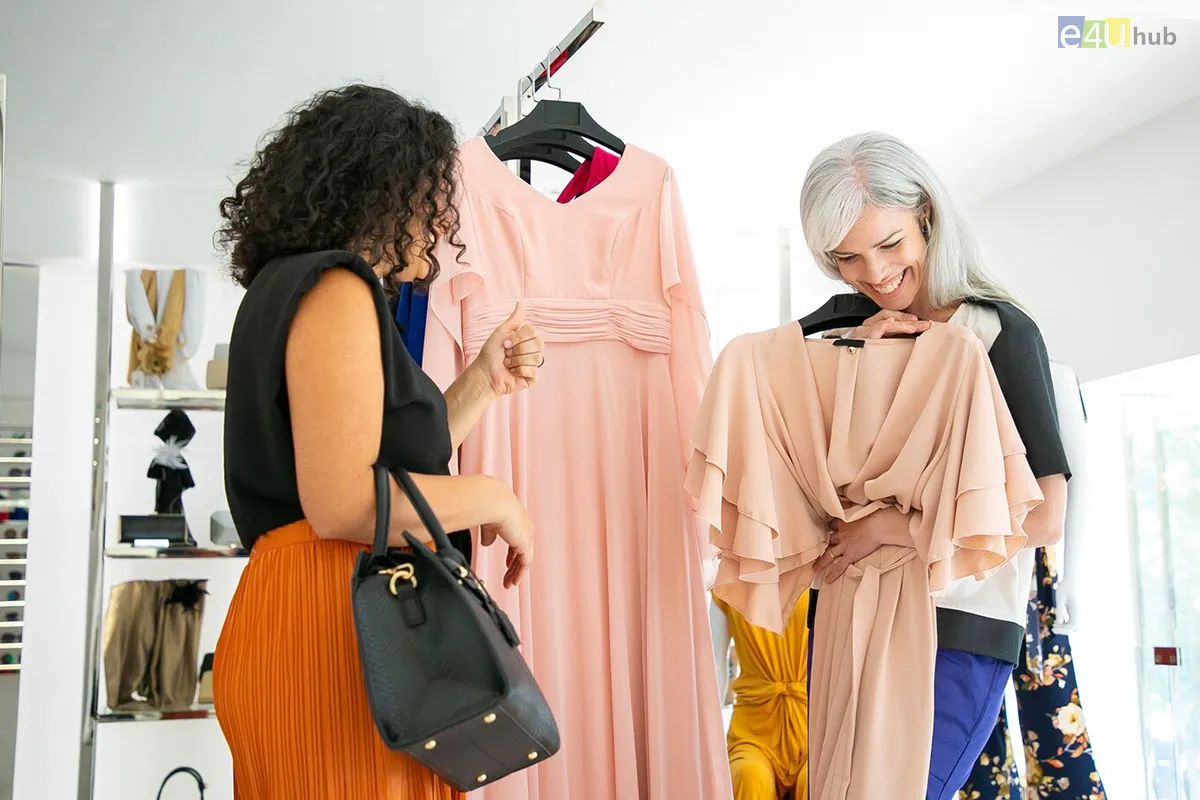
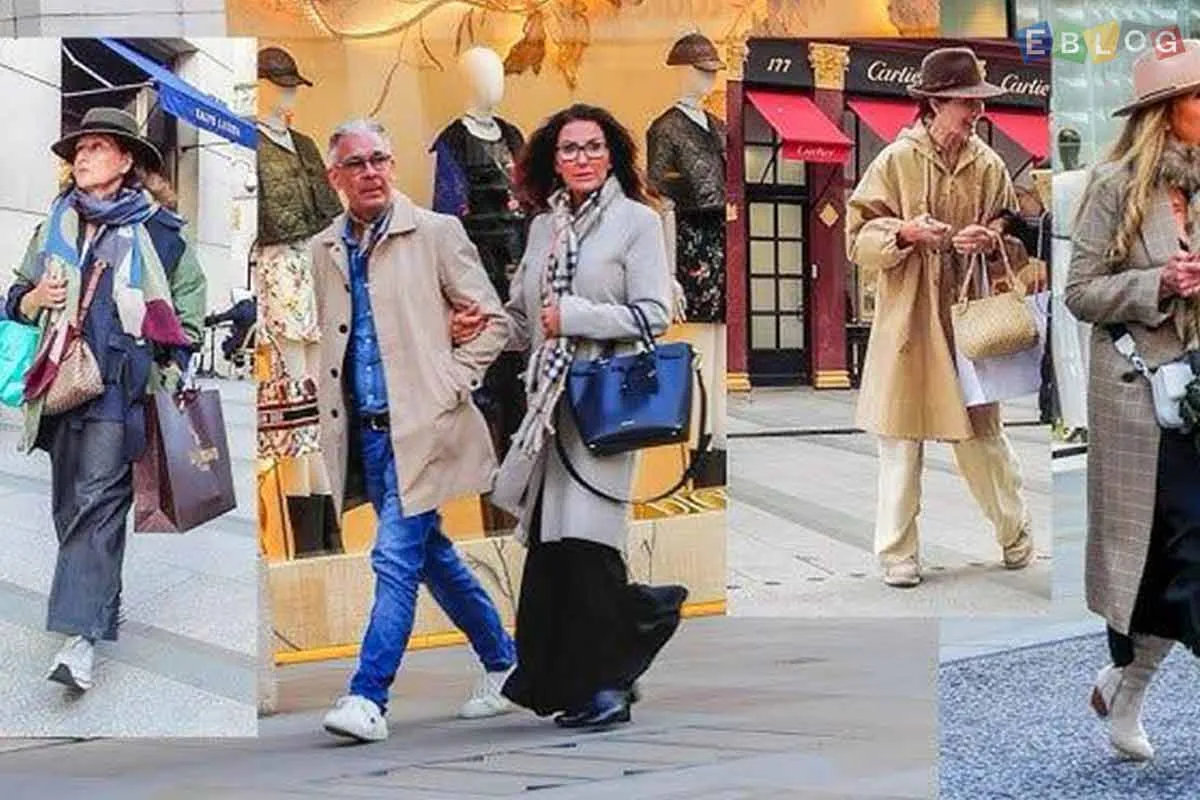
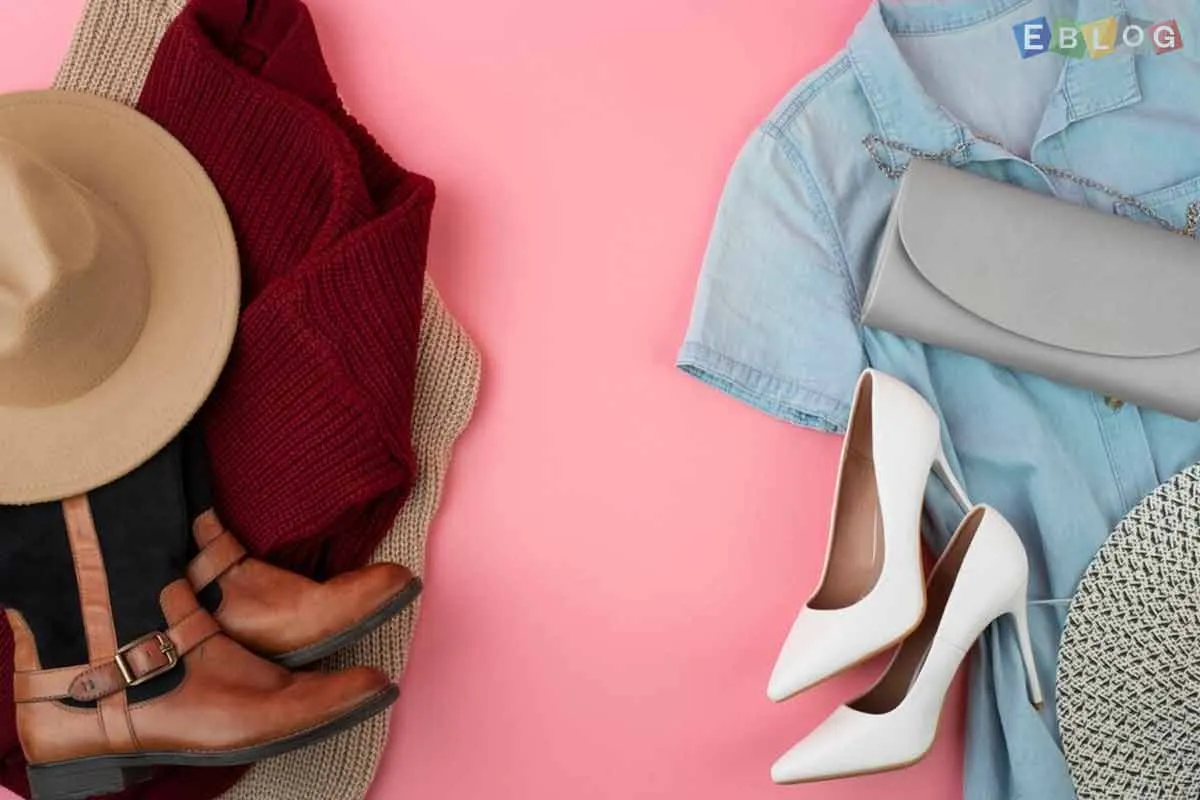

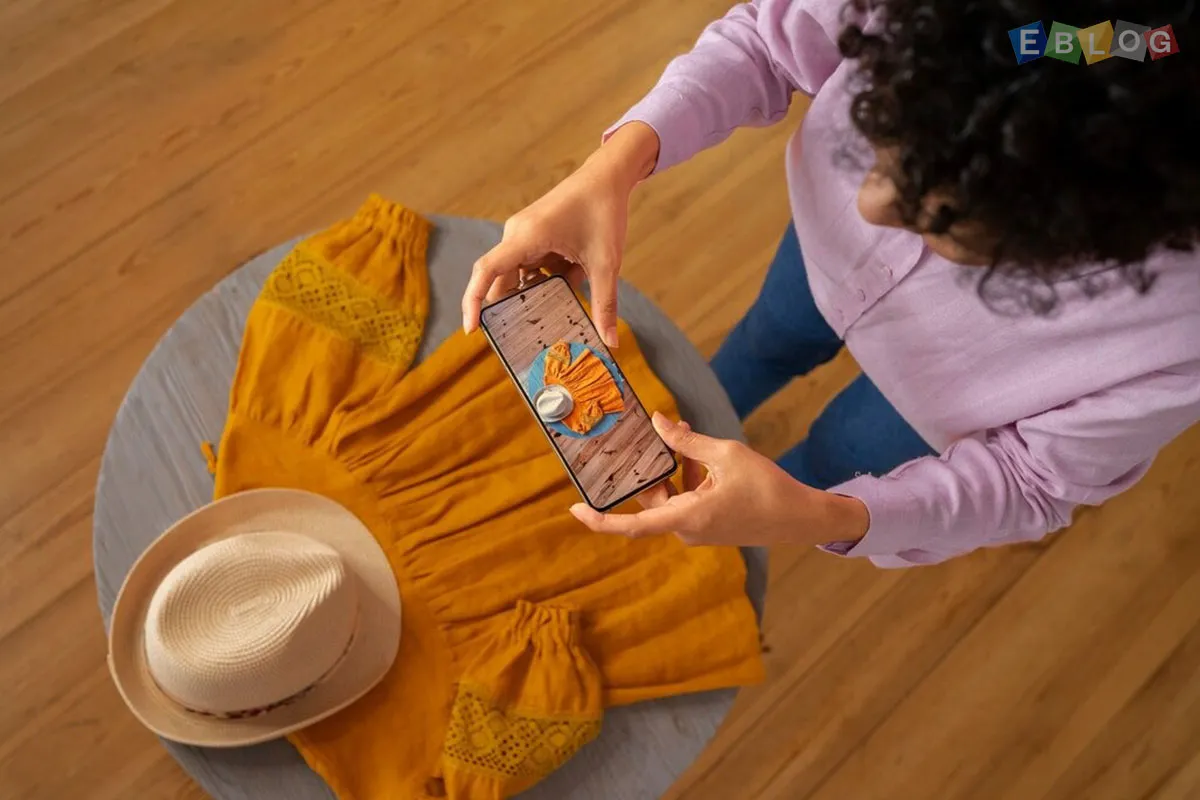



Leave a Reply